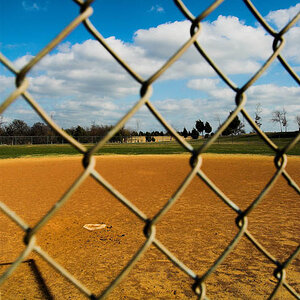montresor
TPF Noob!
I have received a commission of sorts to photograph over 400 oil paintings of various sizes, from 2x2 feet to 10x10 feet and even larger, all crammed in the artist's apartment. It's pretty much outsider art, and the artist seems to want the photos for insurance purposes. While they are all oil paintings, they are not varnished (so she can continue to work on them as the mood strikes her) and therefore not particularly shiny. Space and light (not much of either in the tiny, closed-up apartment) are problems, as are issues of film to use, lenses, etc.
I would most likely be using three cameras: a Canon EOS Rebel (film) with a 28-80mm lens, a Mamiya C330S with an 80mm lens, and a Rapid-Omega 200 with 58mm, 90mm and 180mm lenses. And tripods. The only light I own is a dedicated flash for the Canon, but there is a stairwell in the building with a large skylight. I don't think the artist could be persuaded to allow her paintings to be taken outside, and in any event, this is Cleveland, where the sun officially stops shining the day after Labor Day.
I'm not concerned with the monetary aspect of the commission; I'd do it for free just to be able to delve into one of the strangest (but amazingly delightful and happy) inner worlds I've ever seen. But I'm pretty new to photography and I feel a bit daunted by the scope of the task ahead.
Advice? Suggestions? Caveats?
I would most likely be using three cameras: a Canon EOS Rebel (film) with a 28-80mm lens, a Mamiya C330S with an 80mm lens, and a Rapid-Omega 200 with 58mm, 90mm and 180mm lenses. And tripods. The only light I own is a dedicated flash for the Canon, but there is a stairwell in the building with a large skylight. I don't think the artist could be persuaded to allow her paintings to be taken outside, and in any event, this is Cleveland, where the sun officially stops shining the day after Labor Day.
I'm not concerned with the monetary aspect of the commission; I'd do it for free just to be able to delve into one of the strangest (but amazingly delightful and happy) inner worlds I've ever seen. But I'm pretty new to photography and I feel a bit daunted by the scope of the task ahead.
Advice? Suggestions? Caveats?



![[No title]](/data/xfmg/thumbnail/32/32179-99b00fe3df8a5ed7303ced76980128fd.jpg?1619735235)
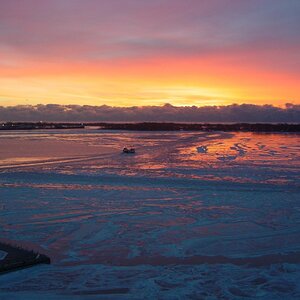
![[No title]](/data/xfmg/thumbnail/41/41899-007f14ae0d832ef200fd62eedc4da42e.jpg?1619739936)
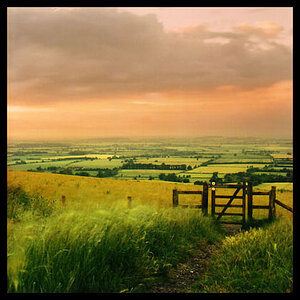
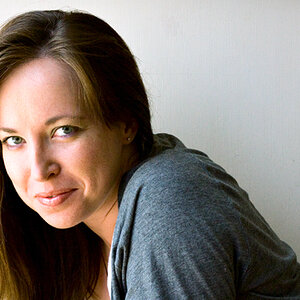
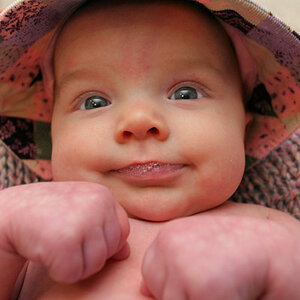

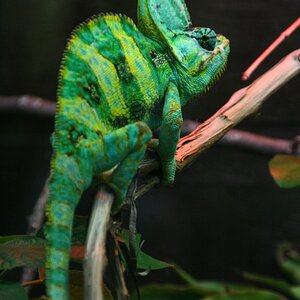
![[No title]](/data/xfmg/thumbnail/37/37112-9474bbad05f760cbef79df3379b23509.jpg?1619737882)

